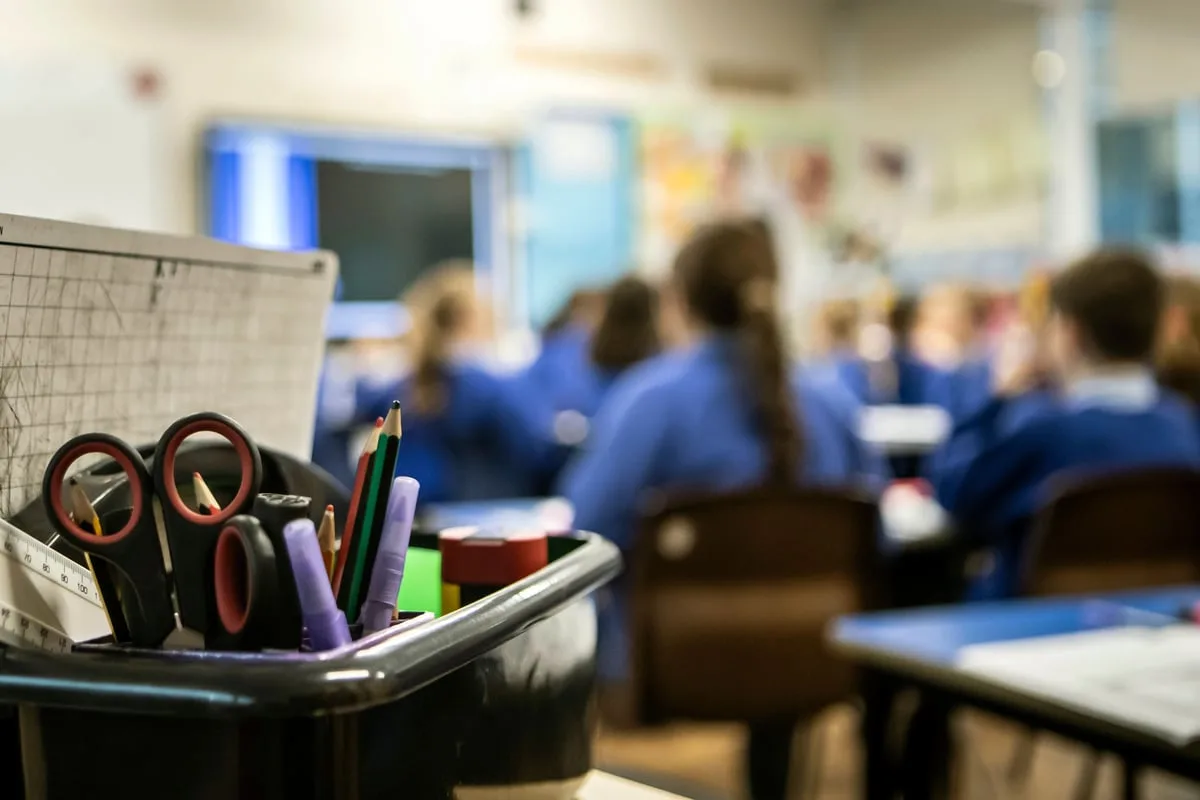By Tamara Davison
Copyright yahoo

Some 800 primary schools could be at risk of closure in the next five years as plummeting birth rates in the UK leave classes empty, according to new research by a leading think tank.
According to the Education Policy Institute, London may be worst hit as a declining birthrate coincides with families moving away from the capital or sending their children to private schools.
In fact, nine out of ten local UK authorities predicted to have the most significant drop in pupil numbers are in the capital, with places such as Westminster, Lambeth and Southwark being among the worst hit.
According to Jon Andrews, the EPI’s head of analysis, “Schools with falling pupil numbers face increasing financial pressures, which can ultimately threaten their long-term viability. This issue emerged first in London, where enrolment declines began earlier than in the rest of the country.”
While a birth rate peak around 2010 prompted the opening and expansion of new schools in the following years, a subsequent decline has resulted in emptier classrooms over time.
So what factors are contributing to this, and what does it mean for the future?
Low birth rates
The primary driver expected to contribute to fewer pupils in schools is a declining birth rate, a trend that is not unique to the UK.
This year, it was reported that the fertility rate in the UK had dropped to 1.41 births per woman, which is considered a “record low.”
Although the UK’s population is still increasing because older generations are living longer, low birth rates mean fewer children are being born.
Who can blame would-be mothers, either? Not only are many choosing to delay having children to focus on their careers, but the UK is also the third-most expensive country in the world for childcare, and wages simply aren’t keeping pace with the rising cost of childcare.
A YouGov poll found that 28% of childfree individuals aged 18 to 40 reported having no plans to have children in the future.
The second most prominent reason was “the current state of the world” — including climate breakdown, overpopulation, political instability, and heightened geopolitical tensions.
Cost of living
Another factor contributing to emptier classrooms is the cost of living, which is prompting parents to reconsider their education options and pushing many families out of London entirely.
London rents reached a record high this year, and families who rent bear the brunt of increasing rent, as well as rising food and energy prices. Although house prices have increased nationwide, London’s inner city suburbs are becoming unaffordable.
While some families are looking elsewhere and changing schools as a result, others are moving abroad and looking for international education options.
One study found that 23% of UK adults were considering moving abroad in the next five years, while one in ten wealthy families were planning to leave in order to avoid a tax raid on private schools.
Furthermore, stricter immigration rules may make the UK less appealing to families considering migration, ultimately resulting in fewer children entering the UK education system.
What are the implications?
According to forecasts, there may be as few as 4.24 million primary school children enrolled in UK education by 2929, which is a drop of around 162,000 pupils.
While it’s still too early to say definitively what this would mean, reports suggest that this drop could be the equivalent of 800 school closures.



